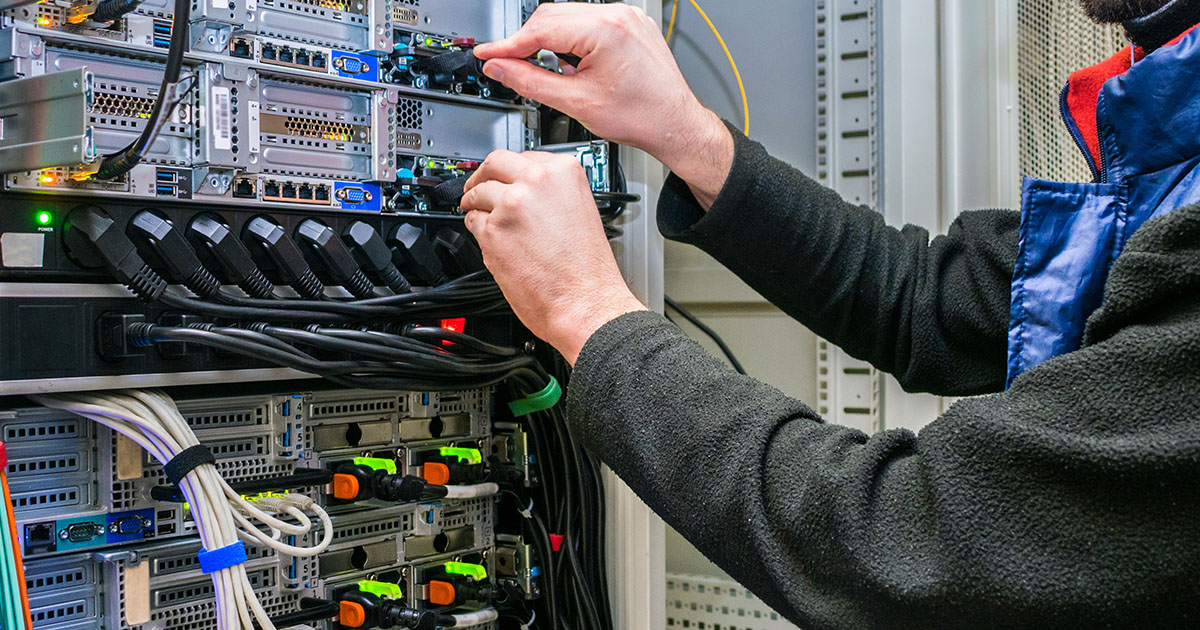Introduction
The networking world is ever changing. The internet is a vast place and the threats that lurk there are growing in number every day. In order to keep your network safe from those threats and other attacks you need to know what’s on it. That means knowing what devices are connected to your network, how they’re configured, and if they belong there at all.
Here’s a question for you: What do you know about your network surroundings?
This is a question for you: What do you know about your network surroundings? More specifically, how well do you know the network devices that are connected to yours in some way? If the answer is “not much,” it’s time for a course correction. The truth is that having an awareness of what is out there and what they are doing can help shape your security moving forward. Here’s why:
Network awareness is a critical component of network security. It allows you to know what’s going on in your environment, which helps you to make informed decisions about how to best protect your network.
Awareness is also a key component of compliance. If you don’t know what’s on your network, how can you be sure that it’s following regulations? Awareness is an important part of incident response and forensics, too. It helps to know what devices were compromised (or are currently being exploited) so that the issue can be resolved quickly.
Do you already have an asset inventory at hand?
If you have an asset inventory already in place, great! This is the first step in getting a clear picture of your network landscape. Take some time to review it and make sure all your devices are listed. If you don’t have an asset inventory yet, this is probably the best time to start one. You can do so by creating a spreadsheet or using an app like Netbotz Inventory Manager that will help automate the process for both IT admins and users alike.
Another good auditing tool is Spiceworks, not only does it help with scanning your network and finding devices it’s free as well. Spiceworks is more then just an auditing tool, it can create tickets for your organization and assign those tickets to the devices that it has inventoried.
Know what is connecting to your network.
As a network administrator, you should be aware of the devices that are logged into your network. In addition, you should also know what kind of data is being accessed and by whom.
The following steps will help you determine this information:
- Scan your network for devices connected to it. Use DHCP auditing or firewall logs to identify which computers have accessed various data stores on the network (file servers, databases, etc.). Also make sure to check who has been accessing these systems recently; did someone recently log on during off hours? Are they using an unfamiliar computer? If so, make sure they aren’t doing anything malicious that could affect business operations or compromise customer privacy.
- Monitor user activity across all applications using IDS/IPS/logging software—this will provide insight into how users are interacting with computers within their department as well as across other departments such as legal/HR/IT
Check your network for unauthorized devices.
It’s important to check for unauthorized devices on your network. This can be done by using a scanning tool. The DHCP server audits the network, and firewall logs show who has accessed various data stores on your network and when these accesses occurred.
This is why it’s important to have the right tools in place and take the necessary precautions. It can be difficult to identify an attacker when they are on your network, but if you monitor for new devices on your network that were not approved you are one step ahead of the attacker.
Use DHCP (Dynamic Host Configuration Protocol) to audit your network.
DHCP (Dynamic Host Configuration Protocol) is a networking protocol that enables devices on an IP network to automatically receive an Internet Protocol (IP) address from a server. It also provides the option for the device to be assigned other configuration parameters such as the subnet mask, default gateway, and DNS servers.
The DHCP server can help with auditing by providing IP addresses to devices like desktops, laptops, printers, IoT (Internet of Things) devices and others as they are connected to the network. It can also be used for more advanced functions such as configuring network printers or updating IP addresses as new hardware is connected or moved around.
Conclusion
All of these tips are great ways to ensure that your network is secure and functioning properly. They also ensure that you have a better understanding of what is happening on the network so that you can make better decisions about how to handle future threats. The more proactive you are when it comes to protecting your business, the better off everyone will be in the long run!
